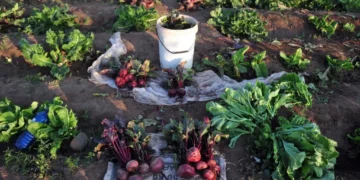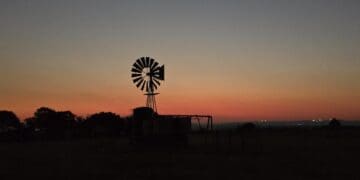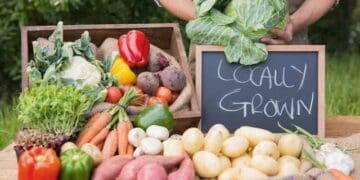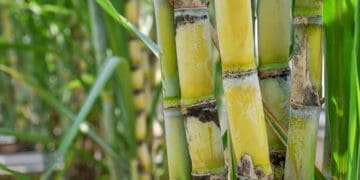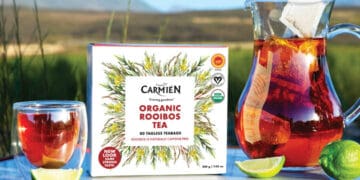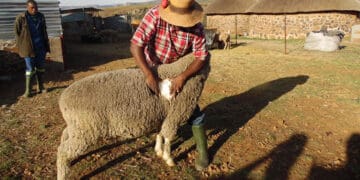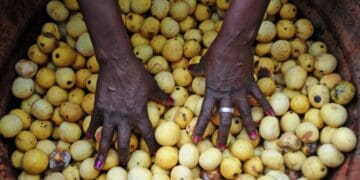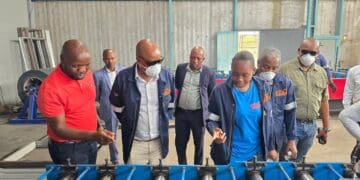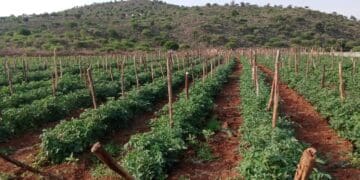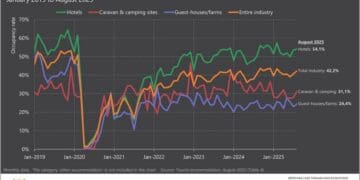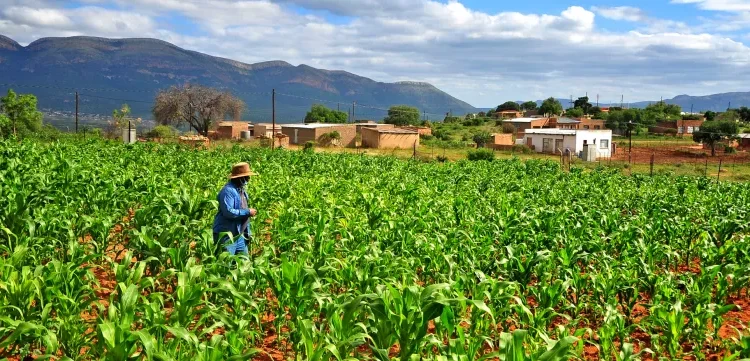As South Africa prepares for the summer agricultural season, experts are warning small farmers and producers to prepare for the potential impacts of a weak La Niña weather pattern, expected to bring heavier rains, water-logging, and extreme temperature swings across the country.
La Niña is a climate cycle that occurs when cooler-than-average ocean temperatures develop in the central and eastern Pacific Ocean near the equator, affecting global weather patterns.
According to the South African Weather Service (SAWS) seasonal forecast that was issued on 30 September 2025, La Niña conditions may develop during late spring and persist through midsummer. While the increased rainfall could replenish dams and boost grazing, it poses significant risks for small-scale farmers who often lack the infrastructure and financial buffers to cope with climate shocks.
Rural based farmers face a dual threat.
Too much rainfall can flood fields and damage infrastructure. It also promote fungal diseases, while too little rain later in the season can cause feed shortages and stress livestock.
“When the rains come too fast we lose fields, and when they don’t come at all we lose feed,” said Nhlanhla Dube, a small-scale vegetable farmer near Hammanskraal. “Either way, it hits our pockets.”
SAWS scientist Cobus Olivier highlighted that La Niña is likely to bring intense rain events and higher-than-normal temperatures, both during the day and at night.
“La Niña conditions can bring welcome relief in some areas, but they also raise the risk of flooding, erosion, and disease,” Olivier said.
“Farmers must invest in proper drainage systems and prepare for warmer conditions that increase evaporation and heat stress.”
He also cautioned that Mpumalanga and Limpopo could experience below-average rainfall despite the overall La Niña pattern.
Despite the risks, La Niña can offer short-term benefits for prepared farmers. More rainfall can improve soil moisture, green grazing land, and increase yields for crops like maize, sorghum, and vegetables. Only if farmers implement adaptive measures early.
Experts recommend that SMEs use climate-smart strategies such as improving drainage, raising planting beds, harvesting rainwater, diversifying crops, monitoring pests, disease outbreaks and having emergency funds or crop insurance to protect themselves from La Niña.
Wandile Sihlobo, chief economist at the Agricultural Business Chamber (Agbiz), noted that early indicators such as strong tractor sales and increased planting activity show growing confidence among farmers.
“Even in a good rainfall year, biological and logistical risks can quickly erode gains, particularly for small enterprises,” Sihlobo said.
La Niña’s arrival shows the vulnerability of South Africa’s agricultural SMEs, which form the backbone of rural economies. Experts say preparedness will determine whether the season becomes opportunity or destruction.
“Preparedness saves produce,” Oliver said.
Azwi@vutivibusiness.co.za

